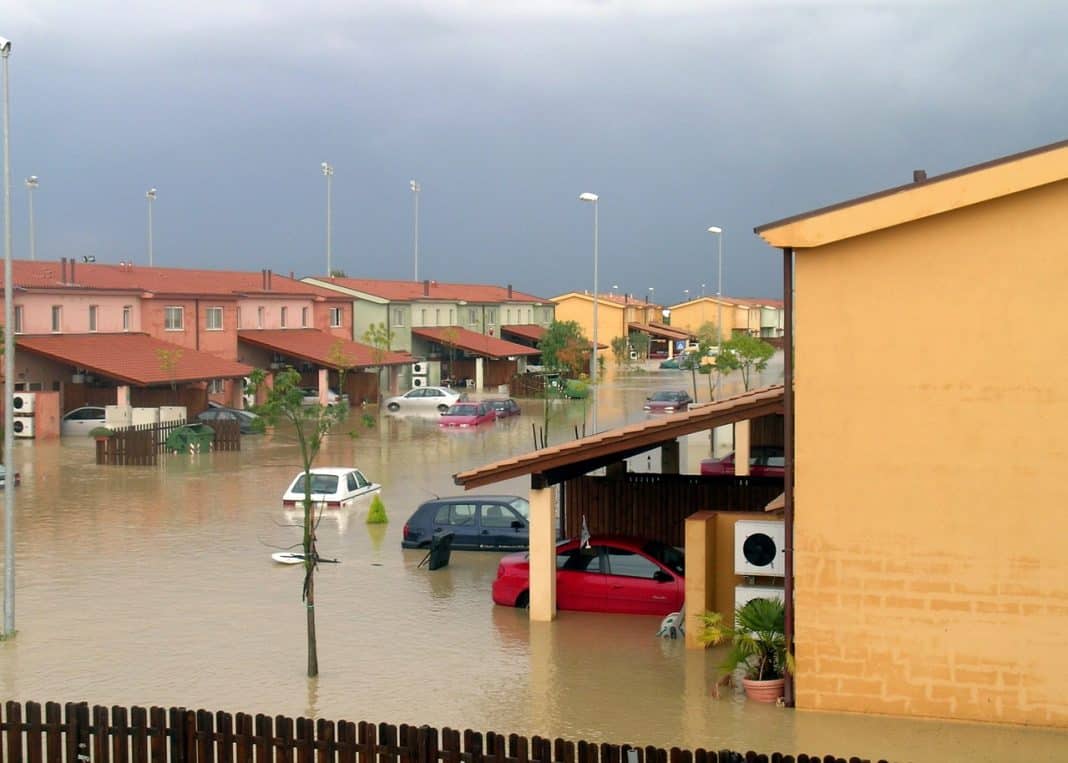USA Today launched an investigation called Downpour, in which they analyzed the average annual precipitation across 344 divisions from 1951 through to 2020. The results were shocking. Extreme rainfall in some regions and a lack of rain in others result from climate change.
Data obtained from weather stations across the US measured the change in frequency and extreme nature of rainfall events. USA Today found that:
Over three years, 27 states east of the Rocky Mountains hit 30-year precipitation highs.
- A dozen states (which include Iowa, Ohio, and Rhode Island) had five of their ten wettest years over the past two decades.
- Michigan had six of its wettest 10 years over the past 13 years.
- 136 daily rainfall rates were set as rain hit five states bordering the Mississippi River.
- Eight states had three record-dry years – double what was expected.
If you wonder how climate change impacts rainfall, you’re not alone. Many people do not recognize the correlation between increased temperatures and weather patterns.
Simply put, high temperatures result in stagnant pressure systems – affecting water levels, the soil, plants, and weather patterns. This means that areas worldwide could experience heavy rains or droughts simultaneously.
World leaders have expressed the need for immediate action regarding climate change, and companies seem to have followed suit. Many recognize the importance of reducing emissions and protecting the environment. They can no longer sit idly by when they see how climate change impacts day-to-day weather patterns in their own communities.
Though there is no one-size-fits-all solution, new technologies are needed to stop and limit the emission of carbon. When these technologies are combined with carbon offsets and increased regulation – the environment can improve by preventing the rapid increase in the atmospheric temperature.
The zeal with which COP26 participants worked to develop financing programs, global standards for carbon offsets, and increased regulations show just how urgent this fight is.
As organizations and companies, such as USA Today, continue to research and show why climate change is a cause everyday people should care about, net-zero goals feel more within reach.


